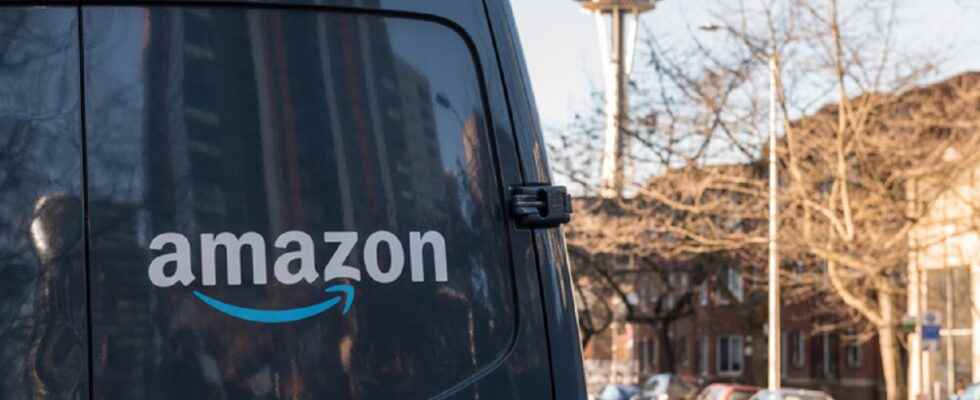Amazon will invest more than €1 billion over the next five years in electric vans and trucks as well as low-emission parcel fulfillment centers across Europe, the e-commerce giant says . Often criticized for its environmental bill, the American giant hopes to move towards a neutral carbon footprint, by increasing its fleet of electric vans from 3,000 vehicles to more than 10,000 by 2025.
While the e-commerce leader did not specify the percentage of electric vehicles in its European fleet, it did say that 3,000 zero-emission vans delivered more than 100 million packages in 2021.
Amazon also hopes to afford more than 1,500 electric trucks – used for “middle mile” deliveries to parcel centers – in the coming years. Still, the market for electric vehicles is very tight, which prevents Amazon and its competitors from equipping themselves as quickly as they would like. Amazon’s largest electric van order is for 100,000 vehicles from Rivian through 2025.
Automation of sorting centers
It’s not just last-mile delivery that Amazon is investing in. Last June, the American giant presented its very first fully autonomous mobile robot for warehouses. The robot, called Proteus, will soon be deployed in fulfillment centers and sorting centers, 10 years after Amazon’s robotics department was created with the acquisition of robotics company Kiva Systems.
The robot will first be deployed to handle GoCarts, the non-automated wheeled carts used to transport packages around the facilities. It slips under a GoCart, lifts it up and takes it where it needs to go. According to Amazon, automating the handling of GoCarts should reduce the need for people to manually move heavy objects.
Amazon also announced the prototyping of a robotic arm called Cardinal, which can handle packages weighing up to 15 kg. It uses AI and computer vision to select a package from a stack of packages, lift it, read the label and place it precisely into a GoCart. Using Cardinal speeds up package processing time by converting manual batch work into continuous, automated work. Amazon plans to roll out this technology to fulfillment centers next year.
